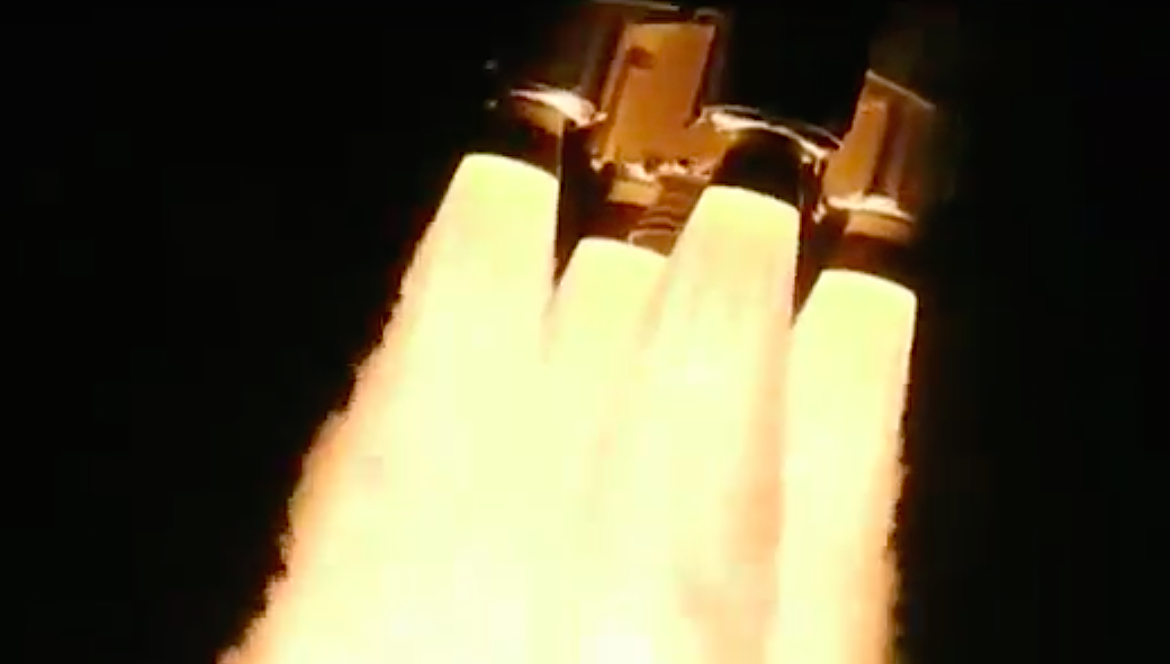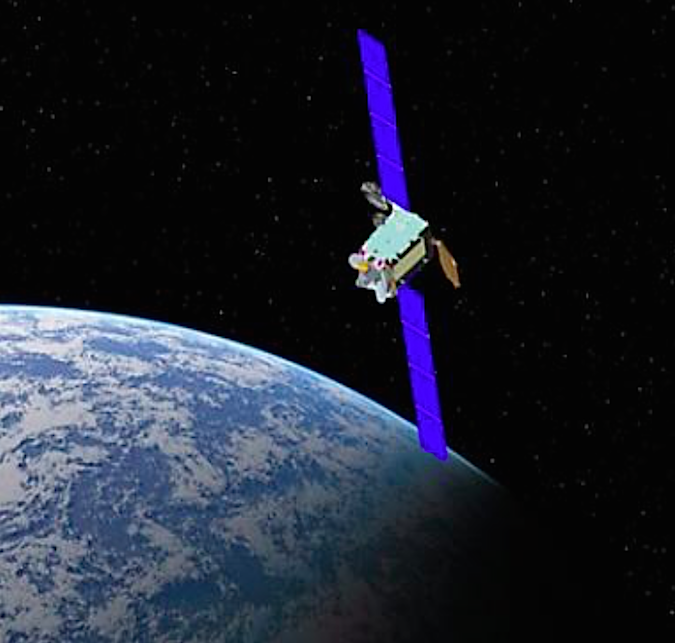
A Japanese H-2A rocket took off Tuesday with a communications satellite to relay messages and commands among the country’s defense forces, part of a $1.1 billion program to reduce Japan’s reliance on commercial and international providers to connect its military units.
The 174-foot-tall (53-meter) launcher blasted off at 0744 GMT (2:44 a.m. EST; 4:44 p.m. Japan Standard Time) Tuesday, flying on its 32nd mission since 2001, and its 11th launch with a defense-related payload for the Japanese government.
The H-2A rocket turned east from the Tanegashima Space Center, situated on an island in southern Japan, to head over the Pacific Ocean, disappearing in an overcast sky less than a minute after liftoff.
Japanese officials did not provide a video webcast of the launch, but spectators positioned at a nearby public viewing site produced a live video stream of the final countdown and the liftoff.
Four solid rocket boosters mounted around the base of the H-2A rocket burned all their propellant and peeled away from the launcher less than two minutes into the mission, followed by the release of the rocket’s fairing to expose the DSN 2 communications satellite to the extreme conditions of space.
The first stage’s hydrogen-fueled LE-7A engine switched off around six-and-a-half minutes after launch, giving way to upper stage’s LE-5B engine — also burning liquid hydrogen — for two burns to guide the DSN 2 spacecraft into a elliptical, looping geostationary transfer orbit with a high point more than 22,000 miles (35,000 kilometers) above Earth.
An official commentator heard on the live video feed from Tanegashima said at 0818 GMT (3:18 a.m. EST) that the DSN 2 satellite had separated from the rocket’s second stage.
A press release from the Japan Aerospace Exploration Agency confirmed the mission was successful, extending the H-2A’s record to 31 successes in 32 flights.
“The launch and the separation of the satellite proceeded according to schedule,” JAXA said.

An on-board engine will position the DSN 2 spacecraft in a circular geostationary orbit nearly 22,300 miles (35,800 kilometers) over the equator in the coming weeks, kicking off final in-orbit testing before it begins a 15-year service life for the Japan Self-Defense Forces and other defense agencies.
The size, mass, capabilities and operating position of the DSN 2 spacecraft have not been revealed, but its X-band communications antennas will likely reach military units patrolling by land, sea and air across the Asia-Pacific.
The DSN 2 communications station is one of three X-band relay satellites in development by the Japanese Defense Ministry.
The Japanese government designed the program as a “Private Finance Initiative,” in which the satellites and their support network were commercially procured by DSN Corp., a joint venture with majority ownership by SKY Perfect JSAT Corp., a Tokyo-based commercial communications satellite operator.
Officials announced the DSN satellite agreement in January 2013, with satellite builder NEC Corp. and the telecommunications provider NTT listed as minority owners of the new company.
While SKY Perfect JSAT manages the purchase, launch and operation of the DSN satellites, NEC was selected as the prime contractor for the production of the satellites and NTT is in charge of maintaining ground facilities to support the Self-Defense Forces’ new X-band network.

Mitsubishi Electric Co. manufactured the DSN 2 spacecraft chassis, according to information released by SKY Perfect JSAT last year in an earnings report.
The initial agreement, which covered the development, launch and operation of two DSN satellites for 15 years, was valued at 122 billion yen, or approximately $1.1 billion. In the Japanese Defense Ministry’s planned budget for fiscal year 2017, officials disclosed plans to purchase a third X-band communications satellite.
The DSN 1 satellite, a part-military, part-commercial telecom craft, was supposed to launch in mid-2016 on an Ariane 5 rocket.
But the satellite, also named Superbird 8, was damaged during air shipment from Japan to the Ariane 5 launch base in French Guiana, and engineers returned the craft to Japan for repairs, delaying its liftoff by at least a year.
The activation of the DSN satellite network will lessen the Japanese government’s need to lease communications capacity from commercial satellites.
Tuesday’s mission was be the fifth Japanese space launch attempt in less than four months, an unusually busy time for the country’s space program.
Quelle: SN






